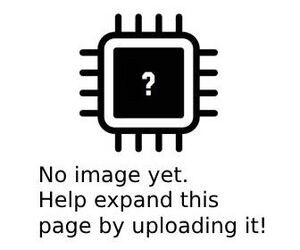More actions
This article is a stub. You can help Repair Wiki grow by expanding it
| MacBook Pro A2289 Not turning on, 0A at 20V | |
|---|---|
| Device | |
| Affects part(s) | |
| Needs equipment | |
| Difficulty | |
| Type | |
Problem description

Symptoms
- Symptom 1 (Figure 1)
- Symptom 2
This article is a stub. You can help Repair Wiki grow by expanding it
| MacBook Pro A2289 Not turning on, 0A at 20V | |
|---|---|
| Device | |
| Affects part(s) | |
| Needs equipment | |
| Difficulty | |
| Type | |
